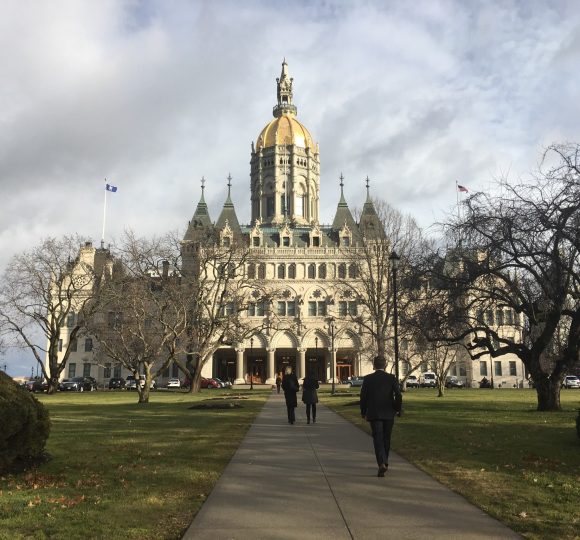There are no standard definitions of what constitutes "local" food amidst a burgeoning local food promotion and policy-development movement. Nonetheless, government policies are rapidly evolving to promote local food production. For most states, anything produced or processed in-state is considered local. In other instances, a 250 or even a 500 mile perimeter constitutes an acceptable boundary justifying a local food territory for policy making purposes or purchasing preferences. The absence of clean definitions of what constitures local food as well as the ostensible regional economic gains to be expected from local food promotion and increased production have led to a common situation in U.S. rural development initiatives: substantive policy initiatives pre-date validating research.
This paper looks at practical limits to local foods production and consumption in the Upper Midwest. It presumes that local foods production makes the most sense, and has the greatest profit potential, in relatively close proximity to dense urban demand. The research demonstrates methods for determining county-level fresh fruit and vegetable production potentials for the states of Minnesota, Wisconsin, Illinois, Michigan, Indiana, and Iowa in light of the distribution of metropolitan areas with 250,000 residents or more within or nearby the region. It also estimates the farm production-related total economic values that would accumulate were local foods production goals achieved in the region using input-output modeling tools. A state-only analysis was also conducted for Iowa using smaller metropolitan areas and a shorter viable distance-to-market threshold to apply the larger study's insights in a manner that might guide state-level decision making. The research can be useful for helping to inform state policy developments as well as the location and extent of Cooperative Extension and other types of state and local services and production assistance designed to bolster or further investigate this emerging rural development topic.





